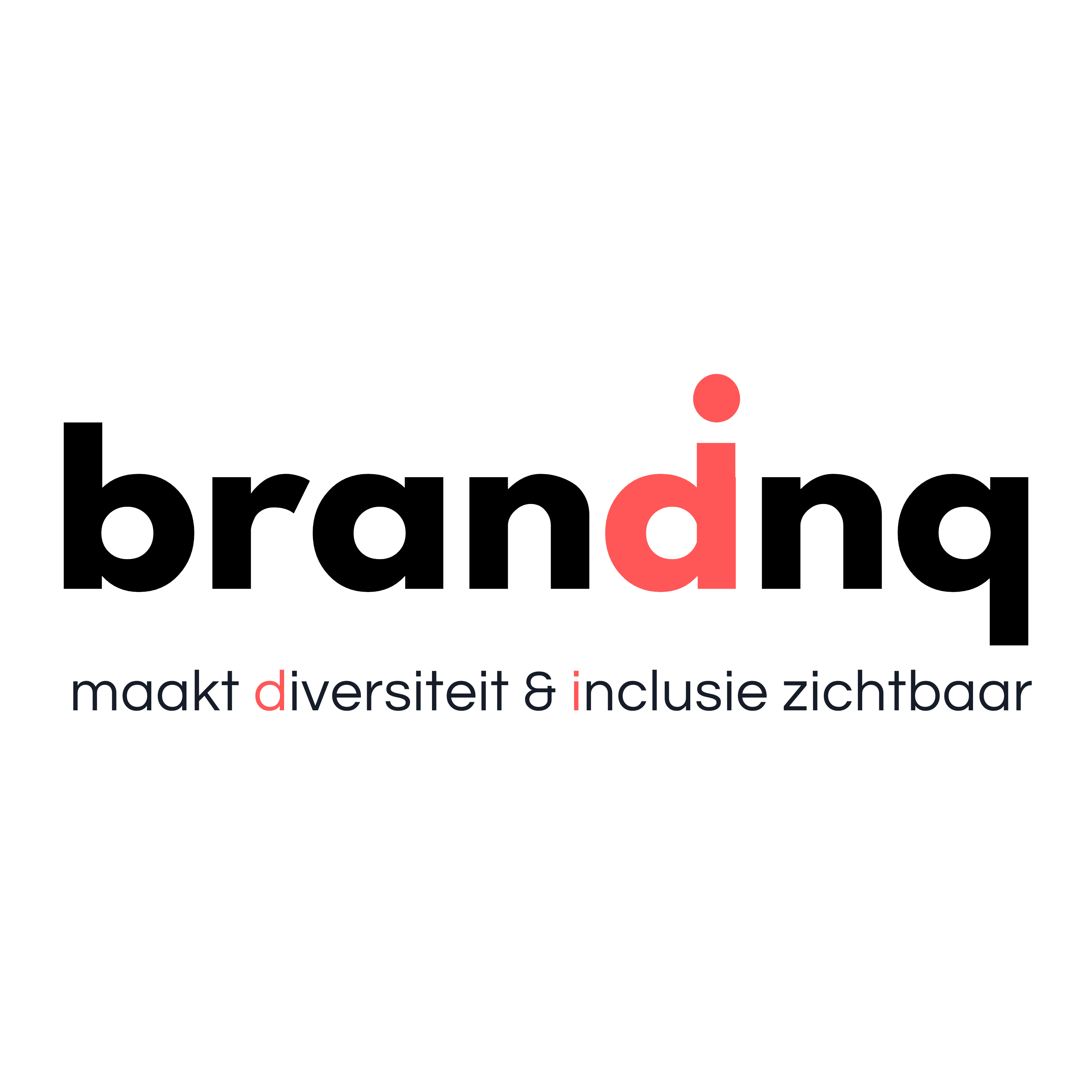Time to Admit the Hard Truth About Chief Diversity Officer’s Role


Ideally, new workplace skills, culture change, innovation, and agility should all work together, right?
Wrong. If it were so easy, more organizations would be able to do it. Last year, CEO Randall Stephenson announced a billion-dollar investment in
re-skilling AT&T’s workforce for the future. Some called it a “gambit” while others called it “radical”; I simply called it brilliant. Yet, AT&T found that re-skilling the workplace came with some cold-hard truths—mainly, the fact that AT&T had changed and its perceived value proposition to the public had shifted, but some employees did not.
The workplace is not the only institution struggling in this area. The Harvard Business Review recently published an article entitled
Universities Should Be Preparing Students for the Gig Economy . Babson College professor and author Diane Mulcahy states, “Today’s graduates are joining a workforce where the Gig Economy — including consultants, independent contractors, freelancers, side giggers, and on-demand workers — makes up an estimated 30-40% of the U.S. workforce. They’re also facing an economy in which alternative work arrangements are growing faster than traditional full-time jobs, and are only projected to keep growing.” The problem is that universities continue to prepare students for full-time, traditional jobs in the U.S.– when the global economy, a remote assignment, or a gig, could literally take them anywhere.
“Re-skilling” and “up-skilling” are next generation practices that continue to evolve. Keep in mind, some of us have not grasped the idea yet, and it’s already evolving. According to HR in Asia, re-skilling creates new skills so that employees can do a different job, while up-skilling improves workers abilities so that they can do the same job. A good exercise is the “Skills Parallel” activity. Use a white board to draw three (3) columns. In the first column, list the roles that are traditionally associated with your industry/organization. For example, in AT&T’s case: telephone operator, phone booth installation technician, telephone repairman, etc. Next, ask participants to share what skills were required for such work. Write these skills in the middle column. In third column, write the key roles that will be relevant to your field/organization within the next 5-10 years. For example, the skills for a telephone repairman won’t go away, but perhaps now the role involves troubleshooting cell phone problems. Ask participants to work in small teams to determine which skills are still relevant, and what
new skills are required. Then, engage the entire group in a discussion about what has changed in the industry, how well the organization is prepared, and how to acquire the skills that are necessary to do business better. Finally, use a different color marker to add a fourth column. Here’s where you introduce the concept of sustainability, whereby you
specifically connect the newly required skills to the 3 drivers behind diversity and inclusion: (1) changing demographics, including behaviors, expectations, attitudes and needs for both employees and customers/students/patients; (2) the intricacy and customization that globalization entails; and (3) staying ahead of competition and/or industry disruption. Now ask:
Where will the gaps exist when these skills are used to serve ________? Fill in the blank(s) with: different languages, different age groups, different country customs, different religions, different abilities, etc. With the introduction of this fourth column, the conversation should become considerably more complex.
The Board and/or Senior Leadership Teams are the best groups to participate in this type of exercise. The Chief Diversity Officer (CDO) is the ideal person to facilitate this discussion, as well as coordinate the follow-up actions. Of course, this is a non-traditional use of the CDO function. For this reason, the Diversity Officer role itself presents somewhat of another paradox, which is: most organizations want culture change. Nevertheless, they insist on approaching the CDO role as if it’s 1989!
A 2018
Russell Reynolds Associates research report found that “47 percent of companies included on the S&P 500 index currently have a chief diversity officer or equivalent. Nearly two-thirds, or 63 percent, of those CDOs have been appointed or promoted to their roles in the past three years.” The report adds, “Simply appointing a new CDO is not enough. Our survey data, which includes insights from 97 diversity leaders, shows that many D&I initiatives are disconnected from business priorities, and that CDOs often lack the necessary resources or organizational support to make lasting changes.”
The D&I field has absolutely experienced explosive growth. In a
CNN Money article, Julia Carpenter notes, “According to data from Indeed, demand for the roles has increased significantly in just the last few years. Between 2017 and 2018, Indeed postings for diversity and inclusion positions had increased by nearly 20%.”
The problem is not that organizations are not taking Diversity seriously; the real issue is that most employers underutilize the role so that it is largely irrelevant to critical decisions in operations, marketing, client services, supply chain, finance, strategic planning, product development, branding, human resources, sustainability, and more. Nonprofits, educational institutions and government agencies are not exempt. The role of a CDO is insufficiently aligned with the mission and operations in those entities as well. As a result:
- The Role is Largely Reactive (e.g., D&I leaders are trying to “fix” past issues or current problems)
- Turnover is High (some organizations are seeing D&I officers leave every 1-2 years or sooner)
- There’s No Succession Plan (e.g., what are you going to do if the top D&I person leaves?)
- The Tools and Approach are Outdated (e.g., you’re doing things that worked 30 years ago)
- Some Executives & Managers Are Still Unclear About the Value
- The D&I Role does not report directly to the top executive (e.g., important discussions don’t make it past The Gatekeeper)
- Results are Slow (e.g., some people have just about given up hope that anything will change)
There’s no need to rehash what you already know. Sustainability and success in the 21st century depends on your ability to bridge the current Diversity Officer role to the future of doing business. Therefore, the purpose for this post is to help you transition to a more effective model. Below are solutions to some of the most common issues.
The Function is Underutilized. The role should :
- Be more strategic. How much sense does it make to pay an executive $150,000 a year or more to handle employee problems? The D&I leader can equip supervisors with the tools to manage errant employee conduct. And if a referral is necessary, the D&I leader can coach Human Resources to restore relationships that have broken down due to the perception of unfairness. D&I should also contribute to the review and updating of policies/practices to ensure consistent application.
- Participate in issues pertaining to organizational culture, leadership development for global managers, or cultural integration upon mergers and acquisitions. Instead of creating another new role or going without tactical guidance, engage the D&I team in the planning and implementation process early.
- Report directly to the top executive. Any organization that buries the Chief Diversity Officer position far down the food chain has a penchant for pain. Here’s why: when the role lacks the proper support, it doesn’t function well. Sometimes the role is buried because the D&I leader presents information that is irrelevant to the C-Suite. There’s a fix for that. Get the D&I leader certified to facilitate a smooth executive transition. Professional Qualification Credentials, or diversity certification, will help the D&I leader focus on relevant data with high-level impact vs. the minute details pertaining to equity and belonging.
The Work is Disconnected from the Mission and/or Key Business Drivers
The role
should :
- Provide insight into how changing demographic data, constituent behaviors and expectations, and other trends will impact the workforce, the marketplace, supply chain, and competition. These insights should inform decision making, resource allocation, and the strategy.
- Collaborate with other Division heads to achieve Equity, Diversity and Inclusion goals.
Some organizations have a small budget and one employee in the Office of Diversity for a 5,000 person workforce. One individual is not enough to drive change—whether it’s one diverse person on the Board, one diverse person on the senior leadership team, or one person in the Office of Diversity. One person will not get the kind of results that will ultimately stimulate a meaningful transformation. Therefore, you must provide volunteer support and/or paid staff support,
as well as correlate divisional goals with the D&I work that is being done. - Communicate how Diversity and Inclusion has changed. This regular function should detail how your organization has to move beyond valuing people who are different; you must now communicate why the organization is valuable to different groups. You should also share your progress often.
The Tools and/or Approach are Outdated.
The role
should :
- Work from a usable plan. The plan should be a realistic and living document—just like any other organizational plan. The D&I plan will serve as the foundation for outcomes, benchmarking, evaluation and subsequent work. Achievement of plan goals means that you set your sights on new ambitions, and continuously monitor the outcomes so that the organization does not revert back to old habits (e.g., once you achieve equal pay, you have to constantly monitor it to ensure that there are no future imbalances or unintended consequences).
- Demonstrate innovation or agility. We spend a lot of time discussing the business case and measuring the impact of diversity, but not enough time talking about how the CDO role can exhibit innovation or take risks to advance equity. It can be likened to a reactive stance that the CDO is expected to take, versus an advanced and proactive position. Keep in mind, I don’t advocate for a relatively new professional to experiment with new interventions, but there is nothing wrong with an experienced CDO taking risks to solve organizational issues. Will mistakes be made? Yes. Can the organization learn how to be more resilient upon recovering from those mistakes? Yes.
- Possess the authority to redress past mistakes with an eye towards the future of competition. If it is absolutely necessary, there should be a proper balance between being reactive and proactive. From boldly addressing issues of harassment to asking questions about promotional opportunities, the CDO role should be able to identify potential risks in current practices without fear of reprisal. The role should also be keen on preventing imbalances such as focusing on women to the exclusion of men; ensuring pay equity for people of color but not for Caucasian workers; or hiring more Millennials while omitting flexible work arrangements for Baby Boomers.
Is there more that the role can do? Absolutely! This blog is designed to help you use your imagination and creativity to enhance organizational performance and meet the changing behaviors, expectations, attitudes and needs of different groups. For more ideas, get your team Certified. Professionals are not achieving certification because they don’t know what to do; they are getting certified so that they can be more effective. Certification can also build bench strength and develop inclusive leadership skills. In fact, more executives, such as CEO’s, Superintendent’s, Vice Presidents, and others, are developing next generation leadership skills through Diversity and Inclusion certification. So, go ahead and explore different ways to re-skill or up-skill the Diversity Officer role. In the end, this crucial decision may just be the solution to new skills, culture change, innovation and agility all working together well.
~~~~~
Leah Smiley, CDE, is the President of the Society for Diversity Inc. The Society for Diversity is the #1 and largest professional association for diversity and inclusion. Our mission is to educate and equip diversity executives and professionals with the tools needed to design and execute effective diversity and inclusion strategies; share information and resources through an international business network; and establish a global standard of quality in the field of diversity.








